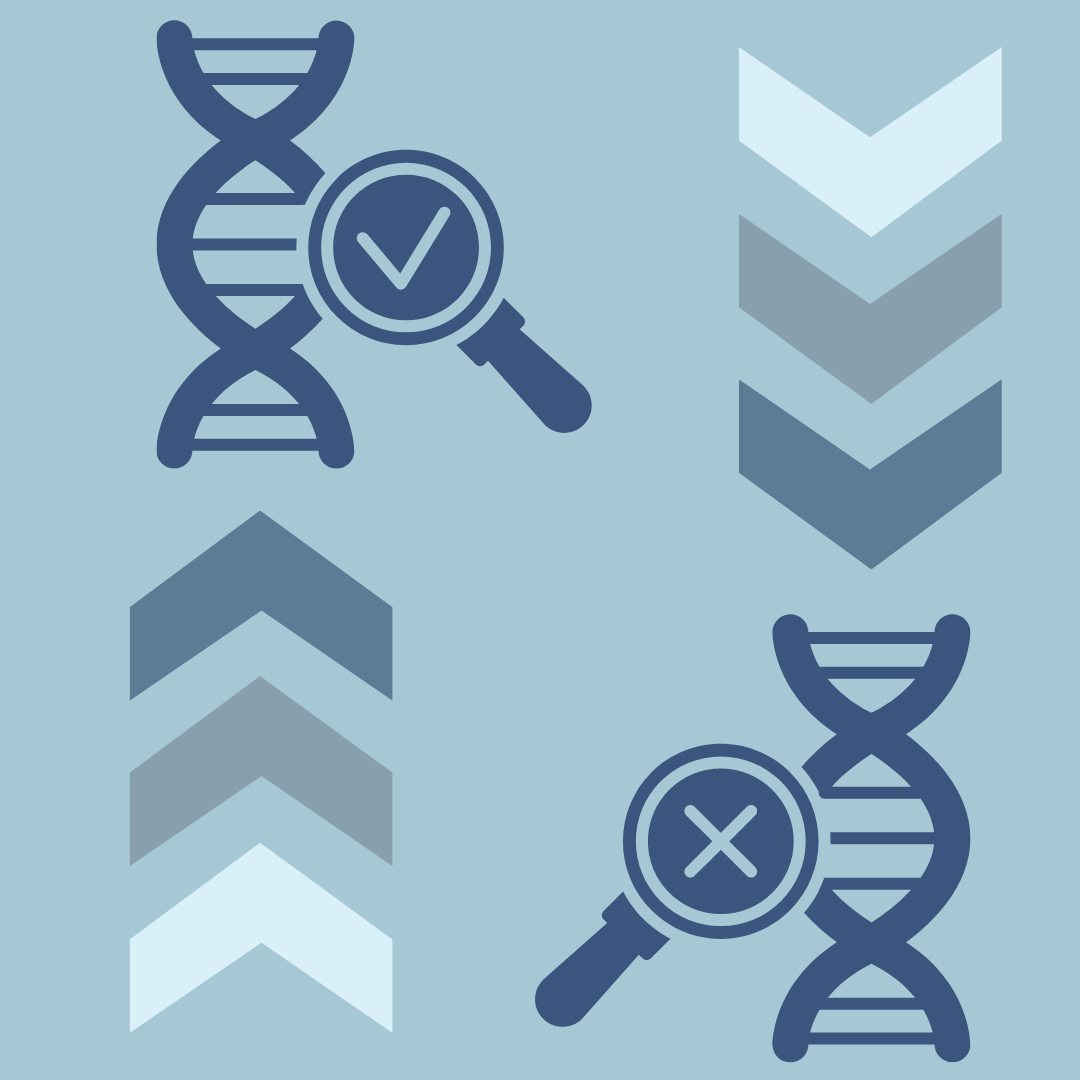The New Eugenics: Biohacking, Fertility Startups, and the Future of Choice
By Daniel Hildebrand,
The Humanist
| 10. 01. 2025
From Empowerment to Exclusion
When most people hear the word eugenics, they think of dusty history textbooks and black-and-white photographs: forced sterilizations in the early 20th century, pseudoscientific charts measuring skulls, the language of “fitness” used to justify violence and exclusion. It feels like something safely locked in the past, an embarrassment we’ve collectively outgrown.
But I’ve come to wonder whether eugenics is really gone, or whether it has simply learned to rebrand itself. Instead of state-mandated sterilizations, we now have fertility startups promising “freedom” through egg freezing and embryo selection. Instead of crude racial hierarchies drawn by hand, we have sleek apps offering to optimize the “best traits” for future children. Instead of white-coated doctors backed by governments, we have DIY biohackers in Silicon Valley garages wielding CRISPR kits like toys, a reality underscored by widely available home gene-editing kits like those once sold by The Odin – a biotech company that markets CRISPR tools to hobbyists for as little as $150.
The vocabulary has shifted from “fitness” to “choice,” from “purity” to “optimization,” but the underlying logic feels hauntingly familiar: some lives...
Related Articles
By Grace Won, KQED [with CGS' Katie Hasson] | 12.02.2025
In the U.S., it’s illegal to edit genes in human embryos with the intention of creating a genetically engineered baby. But according to the Wall Street Journal, Bay Area startups are focused on just that. It wouldn’t be the first...
Several recent Biopolitical Times posts (1, 2, 3, 4) have called attention to the alarmingly rapid commercialization of “designer baby” technologies: polygenic embryo screening (especially its use to purportedly screen for traits like intelligence), in vitro gametogenesis (lab-made eggs and sperm), and heritable genome editing (also termed embryo editing or reproductive gene editing). Those three, together with artificial wombs, have been dubbed the “Gattaca stack” by Brian Armstrong, CEO of the cryptocurrency company...
By Lucy Tu, The Guardian | 11.05.2025
Beth Schafer lay in a hospital bed, bracing for the birth of her son. The first contractions rippled through her body before she felt remotely ready. She knew, with a mother’s pit-of-the-stomach intuition, that her baby was not ready either...
By Emily Glazer, Katherine Long, Amy Dockser Marcus, The Wall Street Journal | 11.08.2025
For months, a small company in San Francisco has been pursuing a secretive project: the birth of a genetically engineered baby.
Backed by OpenAI chief executive Sam Altman and his husband, along with Coinbase co-founder and CEO Brian Armstrong, the startup—called...




